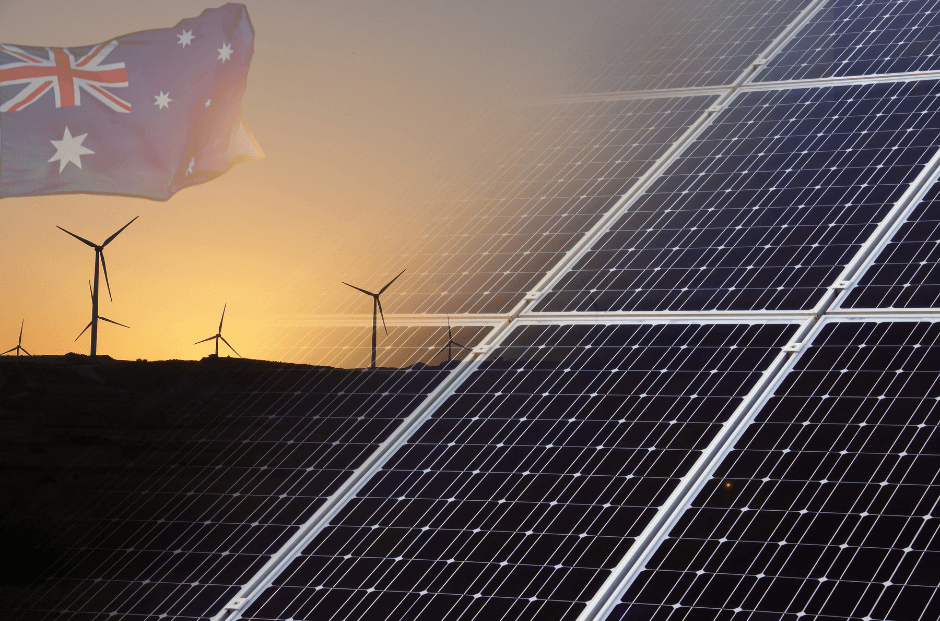
Australian Government Announces $1 Billion in Low-Interest Loans for Household Electrification
The recent announcement by the Australian Federal Government to invest $1 billion in low-interest loans for household electrification is great news for Australians. This investment will allow homeowners to take advantage of the latest technology in solar panels, electric hot water systems, and energy-efficient measures to reduce their carbon footprint and energy bills.
What this means for YOU (Australian Householders)
Electrifying a home involves installing various electricity-powered systems such as solar panels, heat pumps, air conditioning, and electric car chargers. Although the upfront costs can be high, the long-term savings pay off these initial costs.
The low-interest loans provided by this program, however, will be accessible to all homeowners regardless of their means or financial status, helping them to transition to clean energy much faster, and in a financially feasible manner. By upgrading homes, householders will be able to decrease their carbon footprint and increase their energy and financial savings too.
Why this is good for Australia
This funding is a significant boost for household electrification, essential to achieving net-zero emissions in Australia. Upgrading homes to become more energy-efficient will benefit vulnerable households, small businesses, and the environment.
According to Energy Minister Chris Bowen, upgrading an average house from a 1-star rating to a 3-star rating can cut a household’s energy bill by around 30 percent. This program will not only help reduce carbon emissions but also improve energy efficiency in households, making them more sustainable for the future.
The program includes a $300 million allocation for the Small Business Energy Incentive to support small businesses to become eligible for an extra 20 percent deduction on energy-efficient items such as solar panels. This initiative will help reduce energy bills for small businesses and encourage them to adopt clean energy technology.
To read more on the Federal Budget, click here





